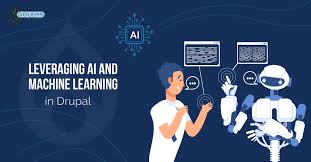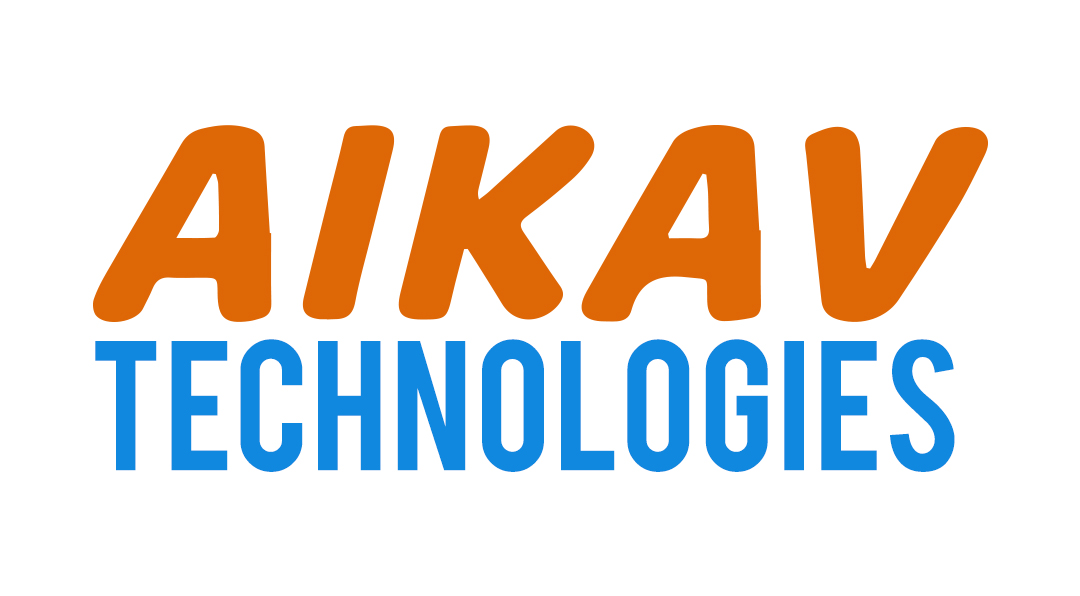
Machine learning (ML) is no longer exclusive to big tech companies or specialized data science teams. With Drupal 11, even solo developers and small teams can harness the power of AI and ML to create smarter, more efficient websites.
Thanks to ready-made APIs, plug-and-play modules, and pre-trained models, Drupal 11 empowers anyone to build intelligent features—without writing complex algorithms or managing training data.
🚀 Why Use Machine Learning in Drupal?
With ML, you can:
🏷️ Automatically tag and classify content
📸 Analyze images and generate alt text
💬 Generate human-like text (SEO, descriptions, summaries)
🤖 Personalize user experiences
🔍 Improve internal search relevance
And the best part? You can implement all this using prebuilt services and modules—no need for TensorFlow or PyTorch knowledge.
🧰 What You Don’t Need:
A trained data science team
Your own ML infrastructure
Model training scripts or datasets
GPU servers or MLOps pipelines
What you do need:
Drupal 11
Composer
A few API keys (OpenAI, Hugging Face, Google Cloud, etc.)
A bit of integration code or community modules
🔧 Machine Learning Use Cases You Can Add Today
1. 🧠 Content Generation (OpenAI)
Use GPT models to generate blog intros, SEO text, summaries, or FAQ answers directly in the admin UI.
✅ Setup
✨ Example
$response = \Drupal::service('openai.api')->chat("Summarize this blog post about Drupal and AI");
$summary = $response['message'] ?? '';
2. 🏷️ Automatic Taxonomy Tagging (Hugging Face API)
You can auto-tag articles or blog posts using NLP classification.
✅ Example
$client = \Drupal::httpClient();
$response = $client->post('https://api-inference.huggingface.co/models/facebook/bart-large-mnli', [
'headers' => ['Authorization' => 'Bearer YOUR_TOKEN'],
'json' => ['inputs' => 'This article explains how to use machine learning in Drupal 11'],
]);
$data = json_decode($response->getBody(), true);
$tags = $data['labels'] ?? [];
Use the results to assign taxonomy terms automatically.
3. 📷 Image Recognition & Auto Alt-Text (Google Vision or Microsoft Cognitive)
Improve accessibility with AI-generated image descriptions.
✅ Module:
image_captionmoduleConfigurable for Microsoft Cognitive Services or Google Cloud Vision
✨ Output:
"A team of people working in a modern office" (generated alt text)
4. 🔍 Smart Search & Recommendations
Use ML models to rank search results or show related content based on user intent.
Options:
Use ElasticSearch with AI scoring plugins
Use prebuilt models (like sentence transformers) via Hugging Face to embed and compare content
💡 Bonus: Personalized User Experiences (No Custom AI Needed)
With Smart Content module, you can personalize blocks or sections based on browser, location, referral, etc.
✅ Module:
✨ Example:
Show different homepage content for returning users
if (\Drupal::service('smart_content.context_manager')->getContext('returning_user')) {
return ['#markup' => 'Welcome back! Here’s what’s new.'];
}
✨ Final Thoughts
The world of AI and ML is more accessible than ever—and Drupal 11 is built to embrace it.
You don’t need a PhD or a dedicated ML team to:
Automate content workflows
Improve user experience
Optimize SEO
Enhance accessibility
With just a few modules and APIs, you can turn your Drupal site into an intelligent, dynamic platform that reacts and adapts to your users—automatically
